Back in the spring, ICE approached me about putting together a crash course on Spanish cuisine for their Techniques and Skills series. This type of program already existed for other cuisines, but the school was lacking a set of classes covering Spanish food and wine. While it was flattering that my alma mater was now asking me to come back as an instructor, this offer presented a conflict of interest for me. Let me explain...

My acceptance of an ICE teaching position was predicated with the following condition: that I could develop classes that had nothing to do with Spanish cuisine. This stipulation stemmed from my profession; I have been the chef at Casa Mono for the past five years where I cook an interpretation of Spanish food nearly every day! In fact, I took the position at ICE as a way to explore other cuisines. With that said, I have eased up quite a bit since first joining the ICE Recreational Department. I have helped put together classes covering paella, tapas, sherry and traditional Spanish holiday cookery.
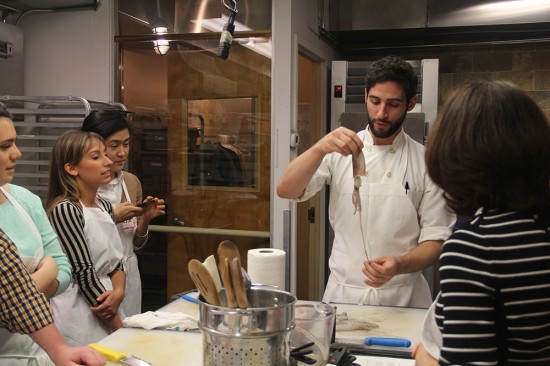
Spain is a large country, but it has a rather narrow scope of cuisine. Unlike Italy or France, where cooking is highly regionalized, Spanish cuisine tends to be fairly uniform across the nation. There are several dishes that are associated with a specific region, but overall, Spaniards tend to cook similarly from coast to coast.
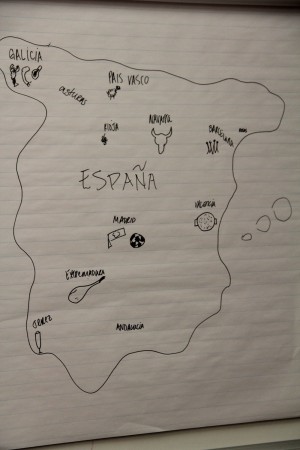
I had the privilege of living in Spain for a year in Cataluña, where my extended family still lives. During my stay, I was fortunate enough to cook in a small town called Calella. While I was there, I immersed myself fully in Spanish culture. I explored and studied the rich culinary traditions and cuisines of Spain's many regions: the Basque country in the north and their Galician neighbors; the Andalusians in the south; the Madrilenos in Spain's center; and finally, the fascinating Balearic islands, which include Mallorca, Menorca, and Ibiza. I took full advantage of my time abroad, traversing the entire country and all its regions—eating and drinking everything in sight, with the hopes of becoming an American ambassador of Spanish cuisine.
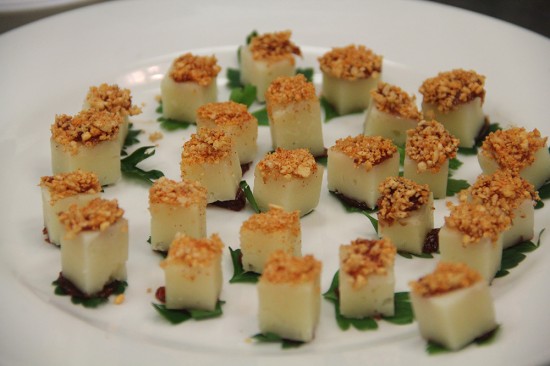
Ultimately, teaching Spanish cuisine at ICE has allowed me to relive those cherished memories from my time in Spain—an experience that has been incredibly rewarding. Further, its been an exciting new challenge to translate my memories and experiences into a useful crash course for willing gourmands hoping to taste what Spain has to offer. Day one of the Technique class covers Spain's tapas culture, which has inspired the many small plate restaurants popping up all across America, particularly in New York City. Ten years ago, you could count on one hand the number of Spanish joints in Manhattan, but since Casa Mono opened in 2004, there has been an explosion of such tapas-geared restaurants.
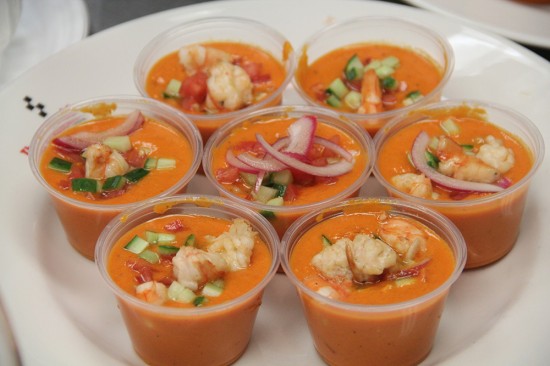
Starting off, the course was very casual. Participants worked in a large group to facilitate get-to-know-you conversatios, and prepared simple dishes like piquillo peppers stuffed with tuna, potato and egg tortillas; anchovy and pickled pepper pintxos; patatas bravas and the ubiquitous gazpacho. Initially, students were tentative about such skills as transferring the tortilla española from the pan onto the plate.
However, as the evening progressed, all present seemed to relax and gain confidence in the flipping technique. The class periodically took breaks to drink some sherry, sip gazpacho and taste jamón. The skill level would intensify during the next two classes, but for these first few hours, we relaxed the Spanish way, over simply prepared food and wine. The only thing missing was a flamenco dancer.
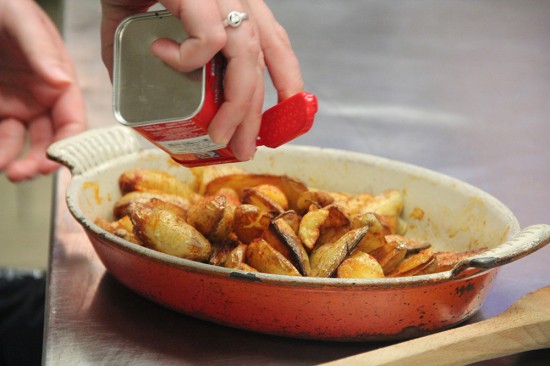
By the time we reconvened for the second class, everyone had a firm understanding of the basics of Spanish cuisine, and we were ready to transition to regional specialties. I brought in some cod cheeks to make pil pil, a typical Basque dish that not one guest in the class had ever tried. The name for this preparation—pil pil—is an onomatopoeia used to describe the sound that fish cheeks make when added to hot oil and garlic in a terracotta pan. Little by little, the fish cheeks' fatty juices mix with the warm oil to create a delicate emulsion.We also made fideos, a type of paella with toasted noodles and seafood.
Several students got the chance to make homemade aioli, which we made sure to use with everything we prepared that day. It took a team to put together croquetas—made by hand—but the outcome was pretty memorable. We rounded out the class with squid ink paella, quail with prunes and red wine, and of course, sangria. This was momma’s cooking—soulful, hearty, relationship-building food! It was the perfect way to introduce cherished regional specialties from certain pockets of the Iberian peninsula.
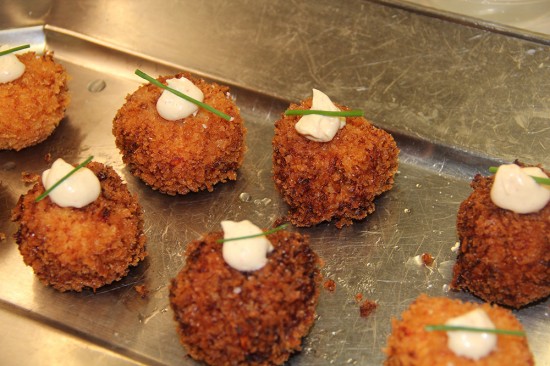
On the third day, it was time to complicate things. We spent the class exploring the way today's Spanish culinary masters pay homage to their roots—namely, through innovative preparations of classic dishes. Instead of your typical paella, we took the cooked rice and rolled it into individual croquetas and garnished it with lobster aioli, creating a bite-sized flavor bomb. It was the perfect marriage of the tapas culture we discussed on day one, and the careful technique of rice cookery and croqueta-making we learned on day two.
It also provided us with yet another vessel for aioli, a welcome addition to anything. As I explained to the class, this transformation of paella rice into croquetas mirrored my own experience transforming Spanish cuisine in the American restaurant setting. Rooted in Spanish classics, I’m always looking for an innovative way to present Spanish cuisine that will capture the attention of New York City diners.
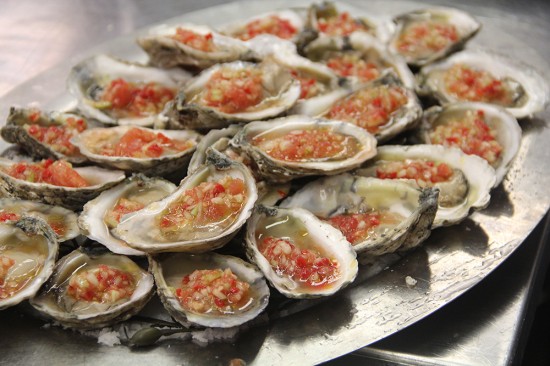
Next, we created a riff on the classic potato and egg tortilla, this time with salt and vinegar potato chips. Ferran Adria, the Spanish culinary genius responsible for putting his country's food on the map, once offered a similar recipe in a local newspaper. Adria's recipe makes so much sense—the chips are already perfectly seasoned and the preparation is so simple. After, we turned gazpacho into a salad by keeping the ingredients typically used in the chilled soup out of the blender. Specifically, we finely diced cucumbers, tomatoes, peppers, and onions and used them as a blanket for raw oysters. Finally, we rejuvenated the cod cheek dish by making a cod pate on toast and garnishing it with dehydrated black olives.
Even though we never left the city, for a couple of days this fall, Spain came to New York. Over the course of those three days, I realized that sharing Spanish cuisine with eager students at ICE is far more rewarding than I thought it would be. My three-day stint teaching Spanish culinary techniques reminded me why I fell in love with Spanish food in the first place, and why I became a chef at Casa Mono. Then again, the Sangria may have helped. Who knows?Hope to see you at my next three-day Spanish Cuisine Techniques and Skills course on February 10th!


